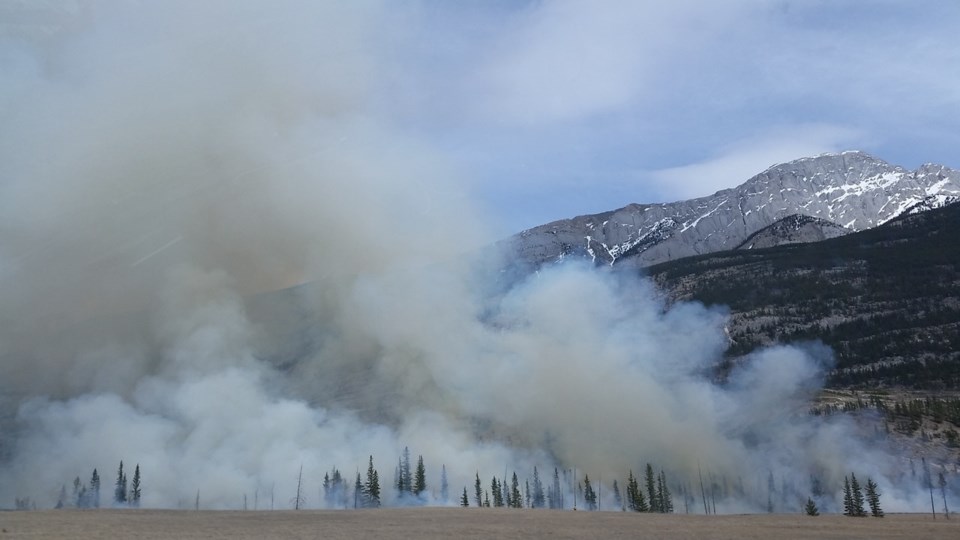Wildfire risks increase in a spring drought, something the region isn’t seeing this year because of the recent spell of rainy weather, says Donna MacPherson, fire information officer for the province’s Coastal Fire Centre. May was dry and hot, and heading into the summer without the June rains could have made the area more susceptible to fire, she said.
“Things did dry out in the forest quite rapidly, but everything is being rehydrated with the rain we’re getting, so that will help us go through the summer,” she said.
Although the Sea to Sky region is bordered by the ocean, the area is not immune to wildfire, owing to the steep slopes and thick brush, with large trees that can contribute an excellent source for fuel.
“Dryness is always a concern for us on the coast. Our forests are used to a fair amount of precipitation, and periodic precipitation through the summer,” said MacPherson. “Our fires have a tendency to dig in fairly deeply and they’re hard to get out. Certainly, that is always a concern for us.”
Fire season in the Sea to Sky region doesn’t typically happen until July, August and September. Environment Canada’s long-term forecasts are drier for those months, so it’s uncertain what the fire risk will be later this summer.
But looking to the previous spring, winter, and even summer, may give some insight into what this year’s fire season might look like in the region and across the province.
And that forecast isn’t looking good, according to Alberta water expert Robert Sandford.
“We’re seeing bigger, hotter, faster fires almost everywhere,” he said.
“There’s no reason why you couldn’t have another difficult summer in British Columbia this year. It’s certainly lining up that way.”
The increase in size, frequency and intensity of these fires is because of climate change, says Sandford. Fires, floods, and droughts are all connected to global warming.
Warmer winter temperatures mean less snow falls at lower elevations. Those warmer temperatures cause water to evaporate after the rain and fall back down on the mountains as snow, creating a heavier snowpack.
During the spring freshet, the snowpack melts rapidly and can lead to flooding when the weather warms quickly. As the snowpack melts, it can create drought as forests lose their source of groundwater earlier.
That dryness can lead to an increased risk of wildfire, conditions Sandford says he’s seeing across much of B.C. And after an area is burned, that can create even more problems in the future.
“Big fires are burning so hot they bake the soil, making it impossible for water to penetrate it, so when big rains come later in the summer, you end up with the rainfall not being able to penetrate the forest floor, picking up all sorts of ash and debris, carrying it into rivers which causes mudslides,” said Sandford.
“It just shows how intricate the earth’s system is. Everything is really quite, quite connected.”
Back in the Sea to Sky, people in Squamish can do their part to reduce the risk of fire at home and while they’re out exploring backcountry trails.
“We need them to go into the forests with a bit of respect. Whether they’re using all-terrain vehicles (ATVs), going on hikes and smoking, we really need people to be careful of fire,” says MacPherson.
“Pay attention to our prohibitions. They’re there for a reason.”
The Squamish-Lillooet Regional District is asking those who live near the edge of forest lands to have a professional assess their homes to help reduce the risk of fire on those properties.
Visit bcwildfire.ca for more.




